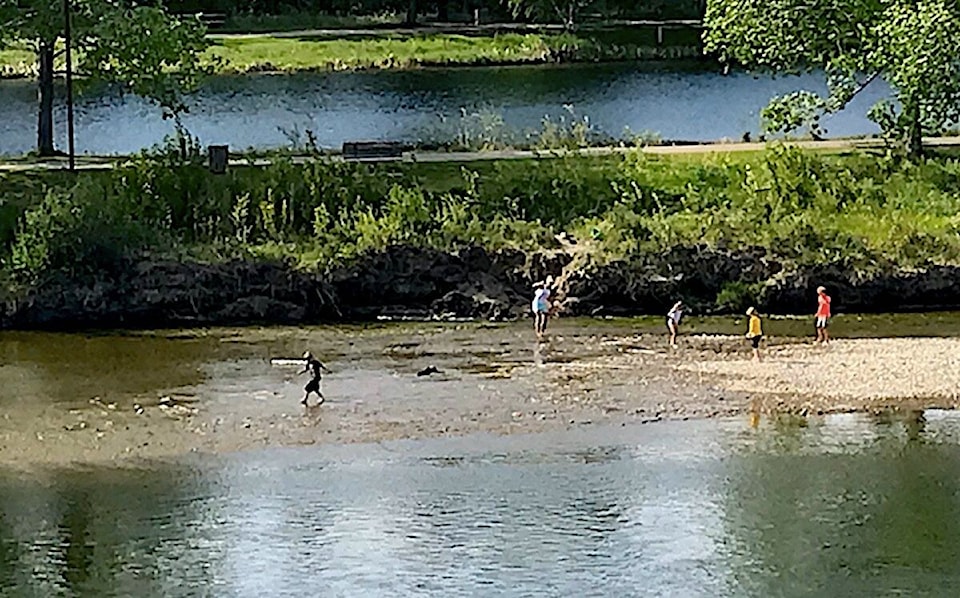The City of Red Deer’s mosquito control crews are cooling their heels during this very dry start to June.
With virtually no mosquitoes to worry about, Ken Lehman, the city’s parks ecological services operations co-ordinator, said his crews are “still on stand-by” and have not had to spread the organic mosquito control agent, Bti.
“It’s mostly the weather we have to thanks for that,” said Lehman on Friday. The average precipitation for May in Red Deer is 55.8 mm. Last month, only 6.7 mm of rain fell.
In wetter years, Bacillus thuringiensis serotype israelensis (Bti) would have already been applied to some local waterways. This group of bacteria produces toxins that are effective at killing various species of mosquitoes, fungus gnats, and black flies, while having almost no effect on other organisms.
Lehman noted that, since the snow melted, Red Deer has received only a smattering of rain and not overly hot temperatures. “When we’ve gotten rain, it’s simply soaked into the ground…
“We would have to have some significant rainfall events,” to spark mosquito reproduction, he added. Mozzies need warmth and standing water to lay their eggs, and for the larvae to hatch and mature into adult mosquitoes.
“So far, we have seen very little hatching.”
While a lack of blood-sucking inspect pests is a big boon for campers and backyard gatherings, Todd Nivens, program co-ordinator for the Waskasoo Environmental Society, said it could create some problems if it persists over the longer term — among dragonflies, bats and insect-eating birds.
But if the dryness turns into a summertime drought, Red Deerians could have other things to worry about.
Nivens has noticed that the level of the Red Deer River is already much lower than usual for this time of year. It was only flowing at 21.5 cubic metres per second on Friday — compared to a more typical 80 cubic metres per second.
Nivens noted mid-June is the usual high water mark for the Red Deer River, which tends to flow at about 200 to 250 cubic metres per second around Father’s Day.
“We should be seeing the river steadily rising,” said Nivens. “When the river is really low, it puts a strain on everything,” including aquatic life, due to a rise in water temperature.
On Friday, the Gleniffer Reservoir, which helps control the water level of the Red Deer River, downstream of the Dickson Dam, was recorded by Alberta Environment to be only at 35 per cent capacity. Nivens said this is likely why the province isn’t releasing more water into the river at this time.
The reservoir is expected to collect more water from mountain snowmelt as warmer weather arrives. And June should bring more rain.
This is typically Red Deer’s wettest month, with an average of 89.3 mm of precipitation.
Lehman said water rationing has been imposed during other dry summers, with outdoor watering allowed only on odd or even days, depending on house number. But gardeners can do some things now to conserve water by containing moisture in the soil, including spreading straw, grass clippings, or organic mulches over the surface of their gardens.
Watering only in the mornings or evenings also prevents mid-day evaporation, he added.
